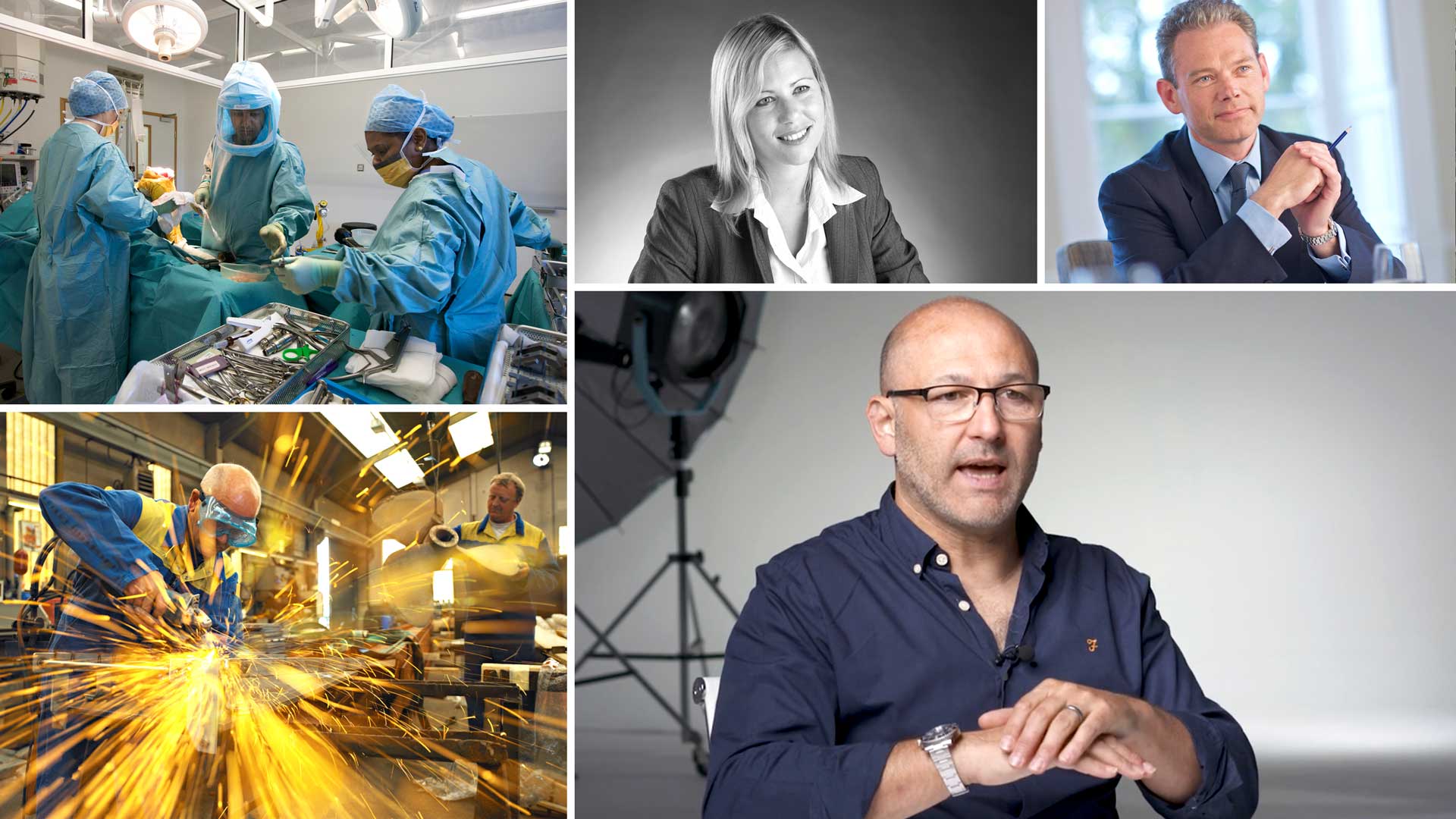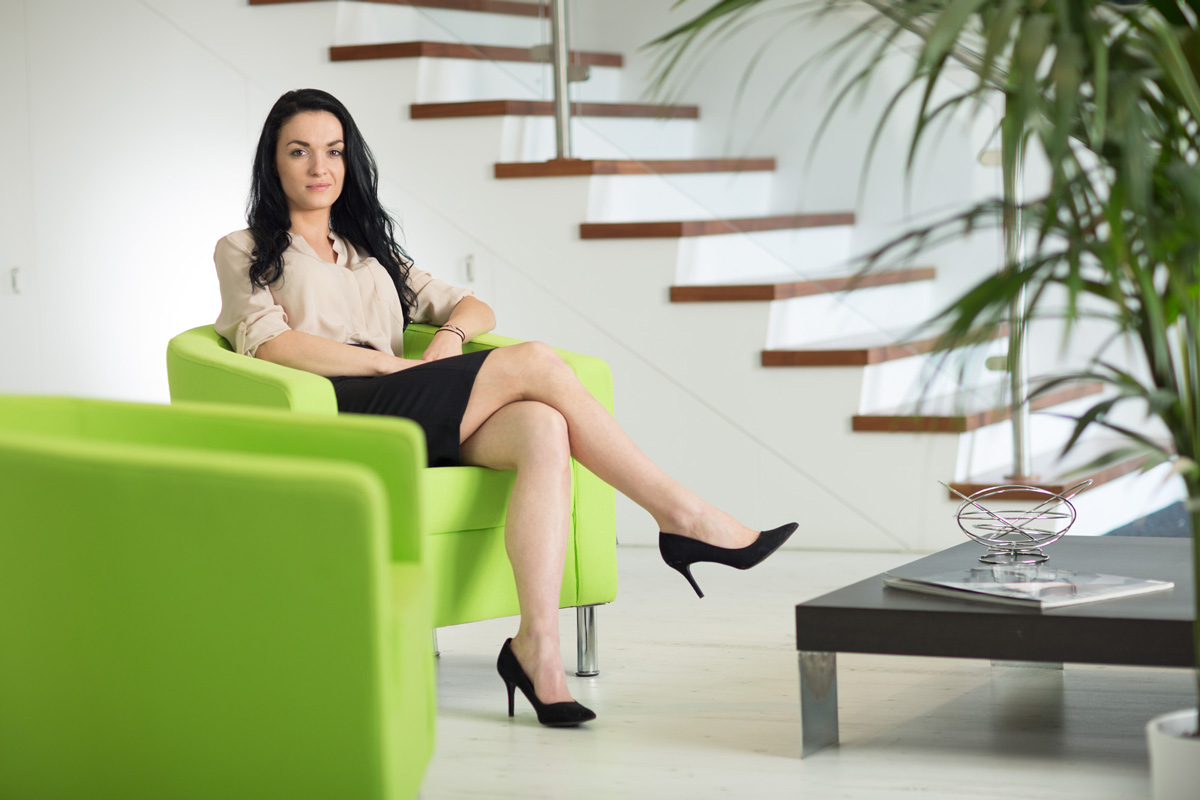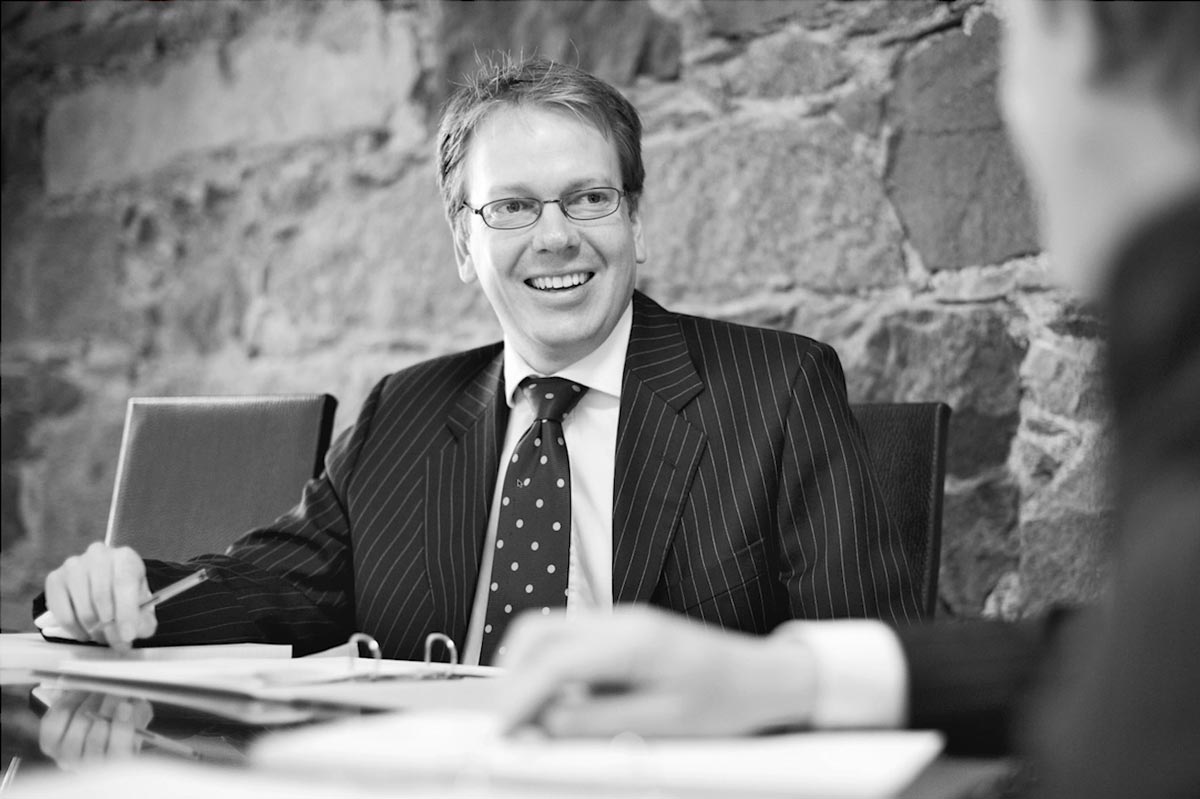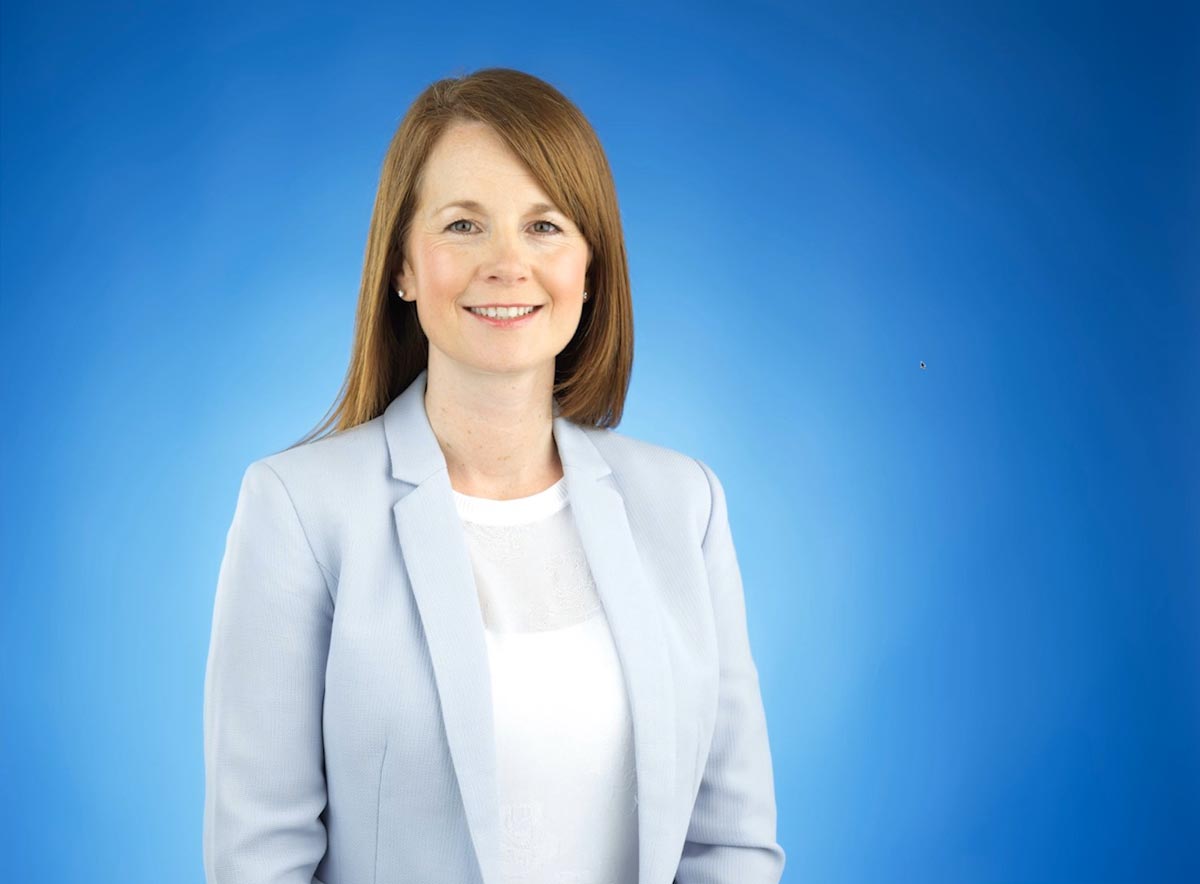Business Portrait Theory
Throughout our site you’ll find a number of classes covering how to photograph business portraits. These cover techniques such as lighting setups, camera settings and equipment choice, but what about how to organise a business shoot, how to put a nervous person at ease or how to choose which images to present to the client?
In this class, Karl provides a wealth of information about the more ‘theoretical’ elements relating to business portraiture. Starting with pre-shoot considerations such as call sheets, Karl also explores important considerations such as how to put your subjects at ease, how to pose your subject, what to look out for when working on location, what level of post-production is needed and how to select which images to present to the client.
In this class:
- What are call sheets and how to use them
- How to pose subjects for business portraits
- How to put clients at ease before a shoot
- Selecting which images to present to the client
- What to look out for when shooting on location
- What backgrounds to use for business portraits
- Recommended focal lengths for business portraiture
- How much post-production is required for business portraits
Questions? Please post them in the comments section below.
Tips for photographing business portraits
1. Use a call sheet
A call sheet can be a useful tool for communicating important details about the shoot.
Login or sign up to download the “Business Portrait Call Sheet”
2. Make your subject feel comfortable
There are many reasons people may feel uncomfortable having their photos taken. Take the time to talk this through with your subject and help put them at ease.
3. Idle hands make for awkward photos
If your subject doesn’t know what to do with their hands, give them something to do. This could be simply holding a pen or putting putting them in their pockets.
4. Don’t get caught out on location
Shooting in location comes with far more challenges than working in the studio. Take the time to look around the location, understand the light and find where the shot works best.
5. Don’t neglect the post-production stage
Business portraits don’t require heavy retouching, but taking the time to fix stray hairs or remove pimples will always be appreciated.
To learn more about business portrait lighting setups, visit our Portrait section. Or, alternatively, watch our ‘Business Portraiture and Headshots‘ live show replay.






Comments
Hi Karl!
Hope all is well. Is there a certain lighting style that you recommend for women who have rounder faces and curvier bodies who are civilians and not models? (Rembrandt, Loop, Short, Broad, Clam Shell etc.) This would be very helpful, because I am doing a friends portrait and I want to make sure I flatter her and provide her with an image she would be proud of.
Humble thanks,
-Ted
Hi Ted, you can try very soft light but more from the side and less from the front that tends to slim the body or alternatively it would need to be a Para 133 or similar from the front so that both sides of the face fall into more shadow and the front of the face is lit also having a slimming affect.
Thanks so much Karl for taking the time to answer my question! I will give it a try and see how I make out! Thanks again and hope you have a really great day!
-Ted
This is an incredible session, Karl. I’m still taking copious notes on the 3rd viewing. Just viewing this, internalizing it, and practicing your suggestions will dramatically help achieve one of the main goals you stress: confidence as a photographer. Very valuable. Thank you.
Hi Karl, great tips from your vast experience in this field, thank you much appreciated
Hi Karl, great job. I have couple of questions to ask
1. Can we categorize personal branding photography with environmental portrait and corporate photography?
2. When it comes to photographing people in a board room, I don’t think 85mm lens can work. This means one has to have additional wide angle lens alongside. Am I correct?
3. In terms of copyrighting for corporate and personal branding photography where the company owns the pictures, do we give them total ability to use everything or we charge them for having total control of the image?
4. Does corporate photography involve event photography as well? In the sense that you might be called to photograph several events the company might have.
Looking forward to your response.
Hi Felicia, thank you. 1. Yes 2. It depends on the size of the boardroom and the group arrangement but you can go as wide as 35mm for that type of shot if you have to but I would prefer to go longer on the focal length if you have the space, often a 50mm can be a good choice. 3. For personal people shots you usually hand over complete copyright but with the ability for you to still publish them on your website. 4. I don’t consider that the same type of photography, event photography is event photography but some commercial photographers do include this sort of work under their umbrella. All the best Karl.
Hi Karl,
Really enjoying the courses and I thought it would be useful on ones like these that are a bit longer to maybe have a list of time notes that you talk about each thing.
For example:
8:12s – Focal length
This way if you go away and return or are wanting specific information it’s easy to find.
Thanks,
Sam.
Hi Samuel, thanks and agreed, our web guys are looking at ways of bookmarking on our videos.
Thank you this was great video. Enjoying the site and the many things I have learned.
Thank you.
Hi Karl ,..I have my first business portrait in 2 days..the purpose is to used it the photo for linkdln profile,.so in this case what is the most suitable or appropriate photography size ?
Regards and thanks a lot for the quick business portrait video…
Maria
photography size to deliver the photos ? Thanks a lot for your help
Hi Maria, I would normally give my clients 4000pixel images.
Hi Maria, for linked in it is only a small web based size image 1500px is probably large enough.
Karl podia ter legendas em português, meu inglês é muito básico, abraços.
The first of your courses I have taken, And the informationm you share in details is so well explained and thought through that i am thinking about cancelling my monthly subscription for a lifetime one instead.. – Really really an actuall schooling. Thank you for being to the point and not gibbering around the subjects.
One question though, you say to photograph them on eyelevel. What reasoning goes behind that choice? – Is it not a good thing to give business people a picture where they are portraited a bit “strong” and display their authority or knowledge or power? (i am thinkin taking it from eyelevel to mouth/chin-level.
Once again thank you for your time and great course.
Hi, thank you for your kind thoughts and words about our platform, that’s good to hear. There’s a fine line between, power, superiority, arrogance and disconnection if shooting low. We shoot products low to make them important but you will never feel dominated by a product. Most companies are looking for new business so the requirement is usually for approachability.
Great content Karl, very glad I happened upon this site.
Jerry
Thanks Jerry! Please help spread the word.
The mirror tip is great. Never thought of that. I love the idea of narrowing down the photo’s before hand with the client. I show them photos but I always have done the culling afterward. I will definitely incorporate your way. It will save so much time. I’ve dealt with some of the other problems you have mentioned but also learned from them. Excellent advice Karl, thank you so much.
Thanks Geoff
Thank You Karl, very helpful!
Thank you.
Where can I find that sample document that you mentioned?
Hi Zeljko, it should be added to the downloads section very soon.
Thank you.
This is a very informative lesson and it has great tips (The mirror, The self-triggering photo). I absolutely agree about self perception: I usually hear “I dislike the photo” from many of the subjects, Taking it personally (“I don’t like your photography”) but in 99% of the cases, It’s just that they don’t like how they look.
That’s right and thank you Sharon